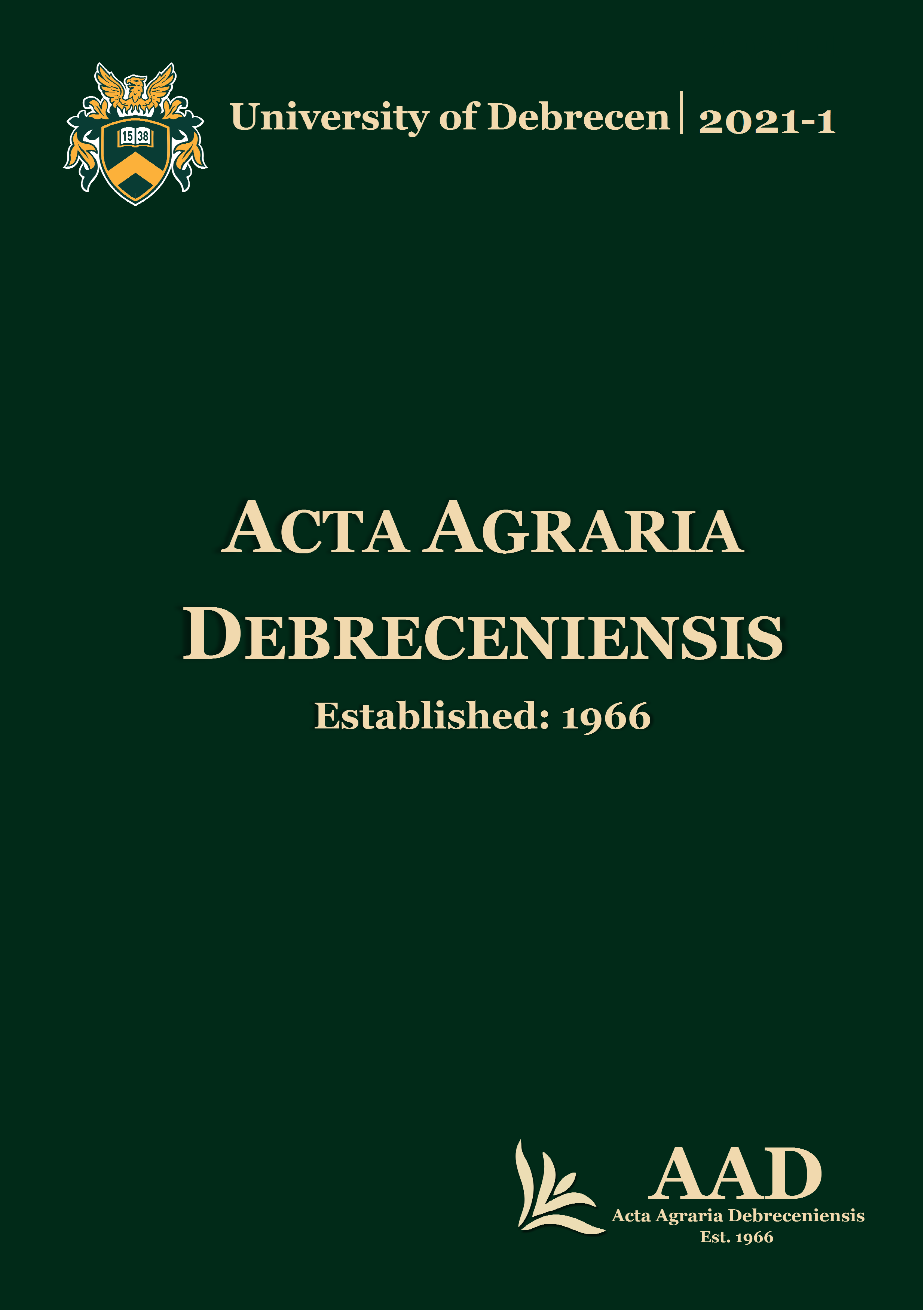Yield table for selected black locust (Robinia pseudoacacia L.) cultivars
Authors
View
Keywords
License
Copyright (c) 2021 by the Author(s)

This work is licensed under a Creative Commons Attribution 4.0 International License.
How To Cite
Accepted 2021-02-10
Published 2021-06-01
Abstract
In Hungary, the black locust (Robinia pseudoacacia L.) can be considered as the most important fast-growing, stand-forming introduced tree species. Due to its positive growing technological characteristics as well as wood utilization possibilities, at the present, black locust is the most widely planted tree species in Hungary, covering 25% of the country’s total forest area. One of the important tasks ahead of Hungarian black locust growers is to improve the quality of black locust stands with introducing selected cultivars. For the estimation of the growth rate and yield a numerical yield table has been constructed on the basis of surveys of the experimental plots established in pure,managed ’Nyirségi’ ,’Üllői’ and ’Jászkiséri’ black locust cultivars’ plantations which can be suitable for sawlogs production. In the course of 56 stand surveys the key stand characteristics were measured, and then, were reconsidered the average height, diameter (DBH), volume, basal area and stem number given separately for the main (remaining), secondary (removal) and total stands per hectare. The programmable editing procedure allows to extention and formal change of information content of the yield table according to different demands.

 https://doi.org/10.34101/actaagrar/1/8854
https://doi.org/10.34101/actaagrar/1/8854